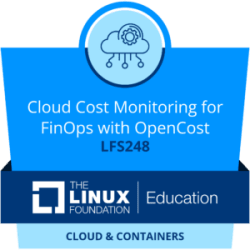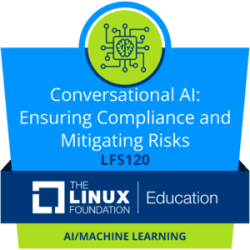Images
This course begins with an overview of service meshes in general and Istio in particular. You will learn what problems service meshes solve, and explain Istio's architecture, how Istio functions, and how the environment around a deployed application is configured to allow the application to join the mesh. Through the course's lessons and labs, you will experience and learn how Istio facilitates system observability by collecting and publishing metrics and allows you to control how traffic is routed to your application. Learn how Istio supports canary deployments and other scenarios and makes your distributed applications more resilient through retries, timeouts, and circuit breakers. The final chapter covers more advanced topics, including onboarding workloads running on VMs (outside of Kubernetes) and how Istio provides for extensibility through WebAssembly plugins.
This course is intended for application developers, systems operators, and security professionals who already have familiarity and experience with Kubernetes and who wish to take their first steps towards learning and understanding Istio.
Similar resources
The key to a successful open technology project is to ensure a neutral playing field for all developers, technologists, and companies to collectively contribute to project evolution and growth. The Linux Foundation was built on the idea of the democratization of code and scaling adoption, for all projects equally. Expert legal and governance support programs ensure everyone is on the same playing field.


IT Specification Basics for New Developers (LFD141)

Security for Software Development Managers (LFD125)

Kubernetes入門 (LFS158-JP)

Cloud Cost Monitoring for FinOps with OpenCost (LFS248)

Conversational AI: Ensuring Compliance and Mitigating Risks (LFS120)














